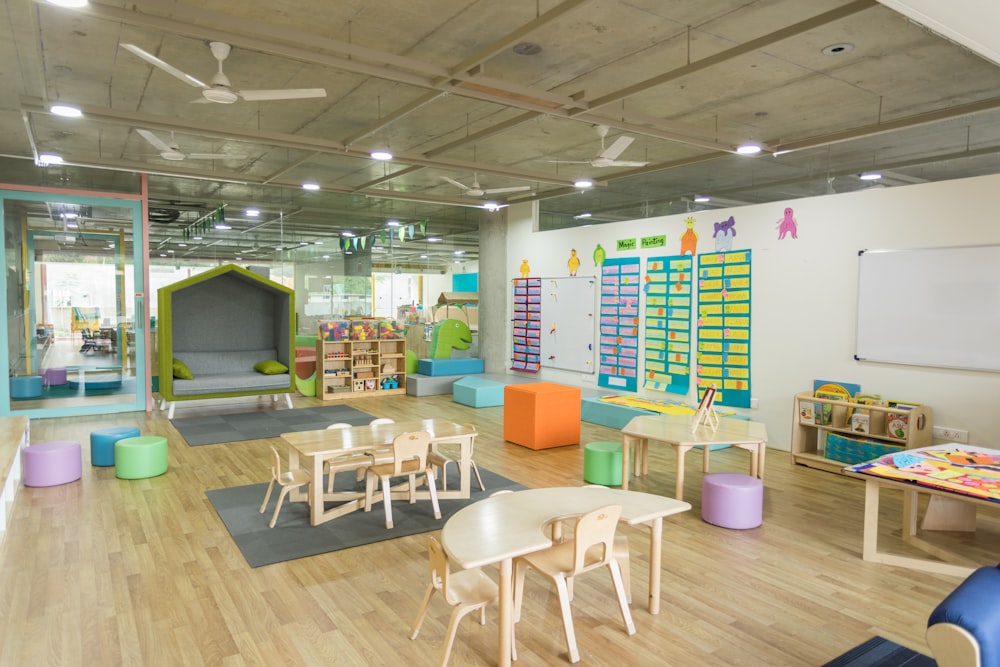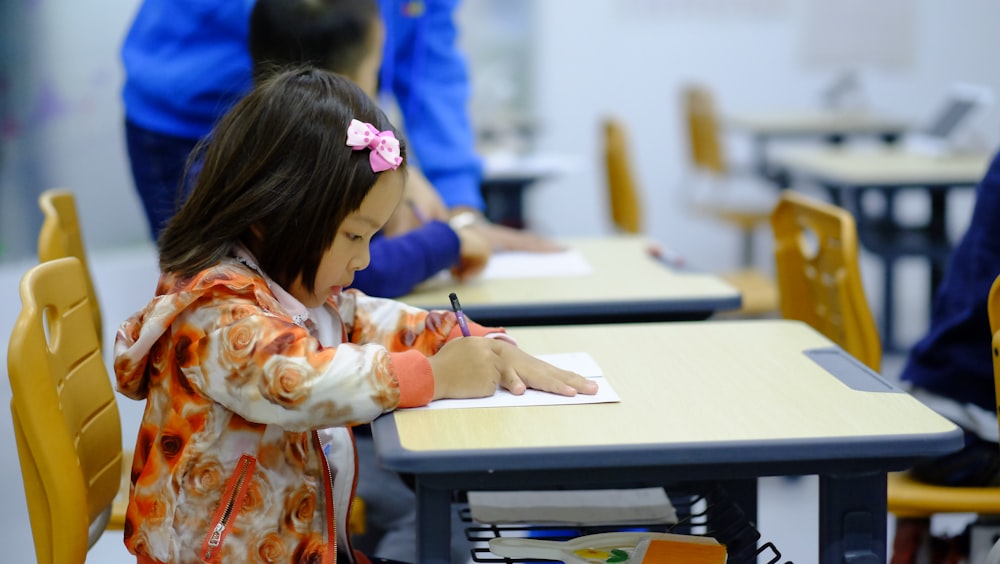Personality refers to the various quirks and qualities that you possess, all of which come together to create your character. Your personality will have been developing and adapting since birth, and is influenced by both genetic and environmental factors.
If you have your own children, know somebody with young kids, or work with children as part of your job, you’ll notice that every child has their own personality. They have their own interests, quirks, and strengths, all of which contribute to their overall character.
Although each child‘s characteristics and personality traits differ from the next, based on their unique genetics and upbringing, children’s personalities can be categorised into four main types.
Every article you read on personality types is slightly different and you may see different professionals using other categories or each kid personality test giving inconsistent results. There is no one-size-fits-all and many children will fall into more than one general category because personality traits are so versatile and unique.
We’re going to discuss four of the most commonly used categories for children’s personalities in this article.

The Strong and Resilient Personality
Most children exhibit strength and resilience, especially those that have been through aversity during their early years. However, some show more strength and resilience than others.
The strong and resilient personality type is seen in children with high emotional intelligence and resilience to challenges. They demonstrate a remarkable ability to overcome difficulties and adapt to new situations very quickly.
Children with a strong and resilient personality type tend to show optimism in tough situations and are better able to form and maintain strong relationships with other children their age and adults. They tend to be more flexible to change and cope relatively well with stress.
The Shy or Anxious Personality Type
Some children are naturally more reserved and cautious and fall into the shy or anxious personality type. Although shy in larger groups, children with this type of personality can thrive individually or in one-to-one situations.
Introverted children can take a while to feel comfortable with new people, environments, and situations. They tend to be sensitive to stimuli, such as excessive lights or noise and prefer quieter environments, such as a relaxing living area at home.

The Ambitious Personality Type
Goal-orientated children can be categorised as having ambitious personalities. They strive for the best, and their determination and focus are noticeable from a young age.
These children can set high standards for themselves and are willing to put in the time and effort to accomplish their goals and achieve their dreams. They might show interest in academics, sports, or creative activities and can channel their energy and focus into their passions easily.
The Extroverted or Energetic Personality Type
Certain children can take a shine to social situations and display unmatched confidence from a very young age. These children fall into the extroverted or energetic personality type, where they display enthusiasm and have high levels of energy in most environments.They thrive in social settings and enjoy being the centre of attention. They are friendly, welcoming, and outgoing, often having strong teamwork and communication skills.












